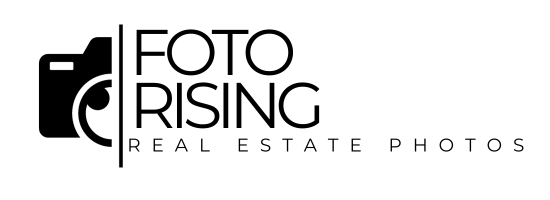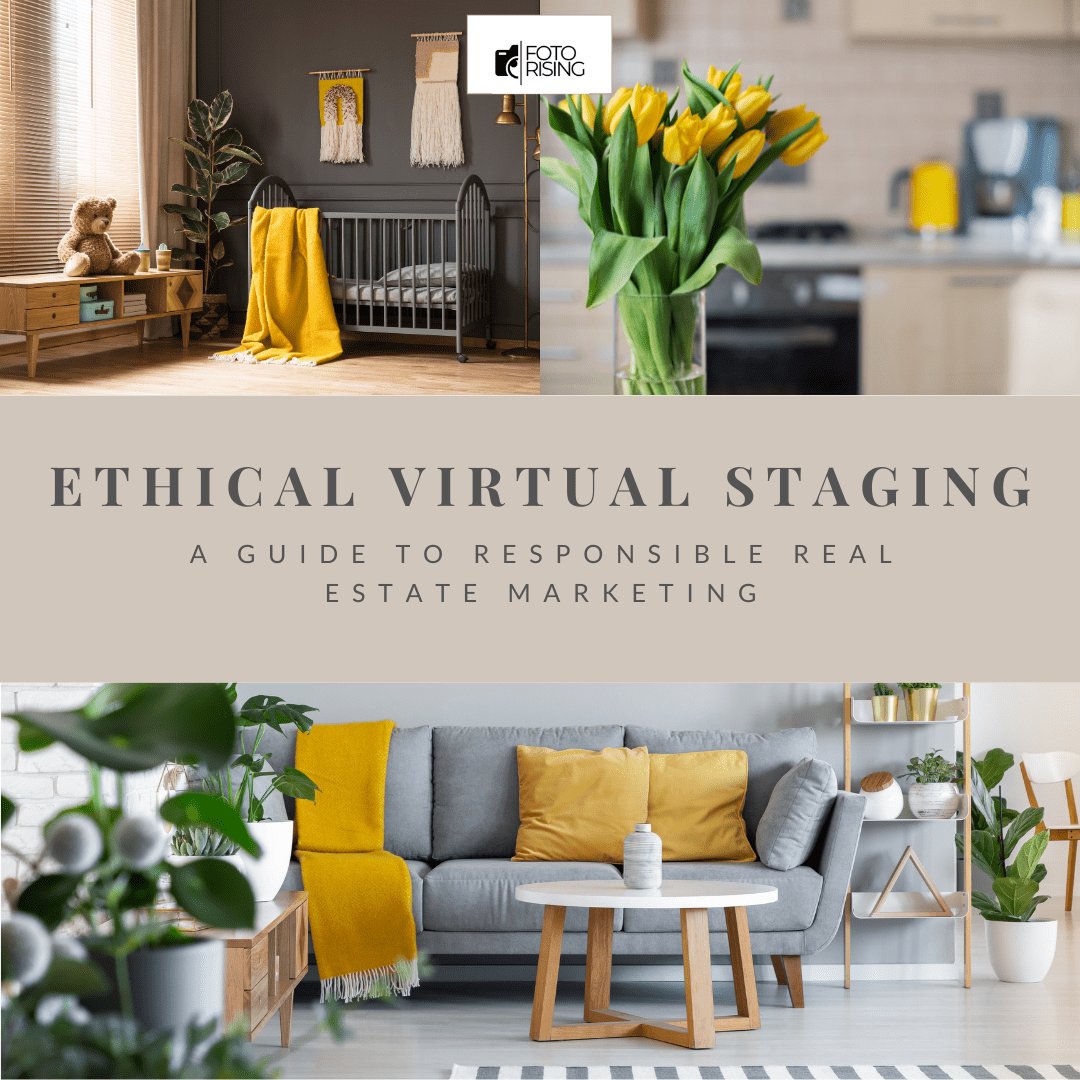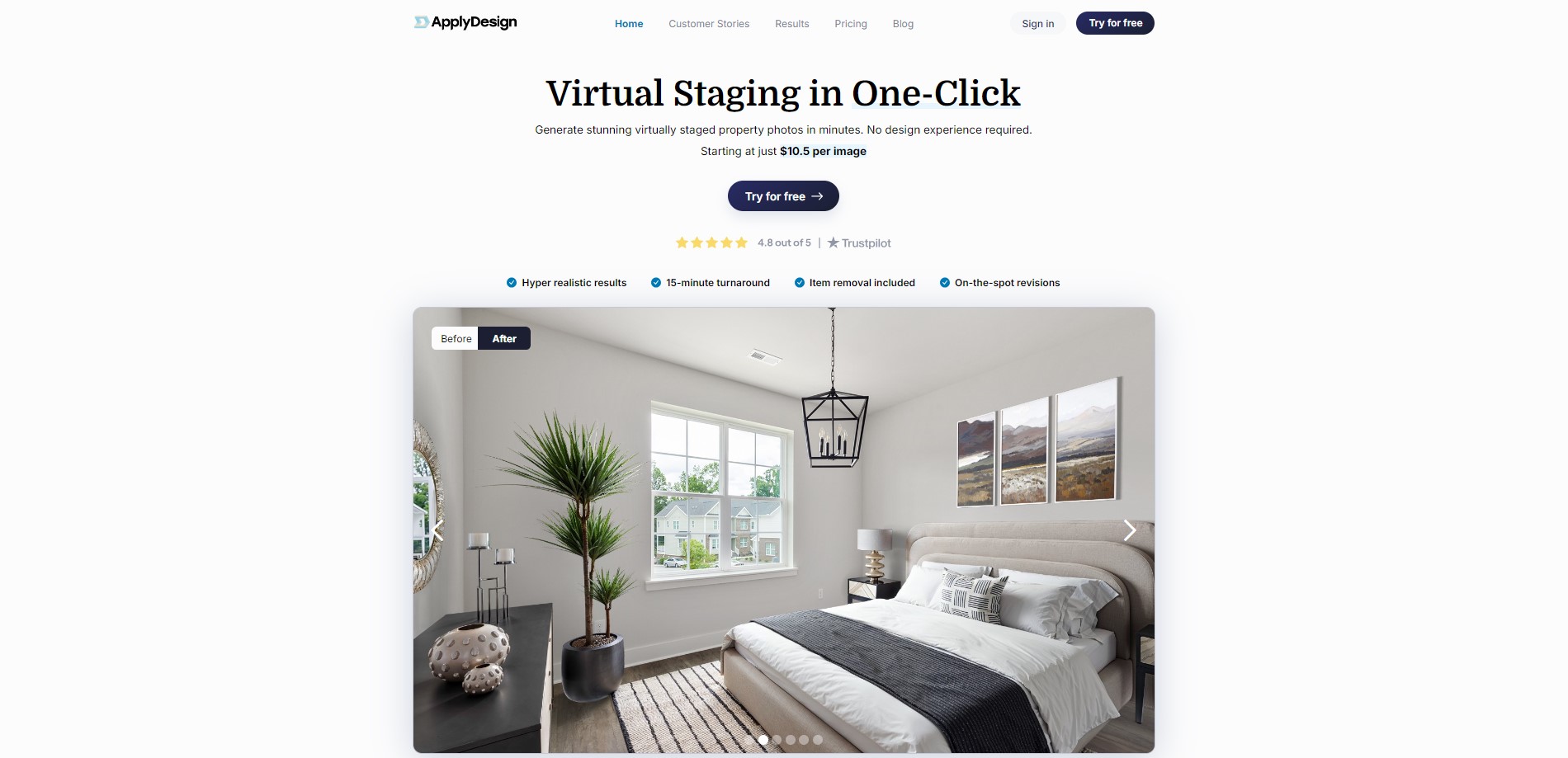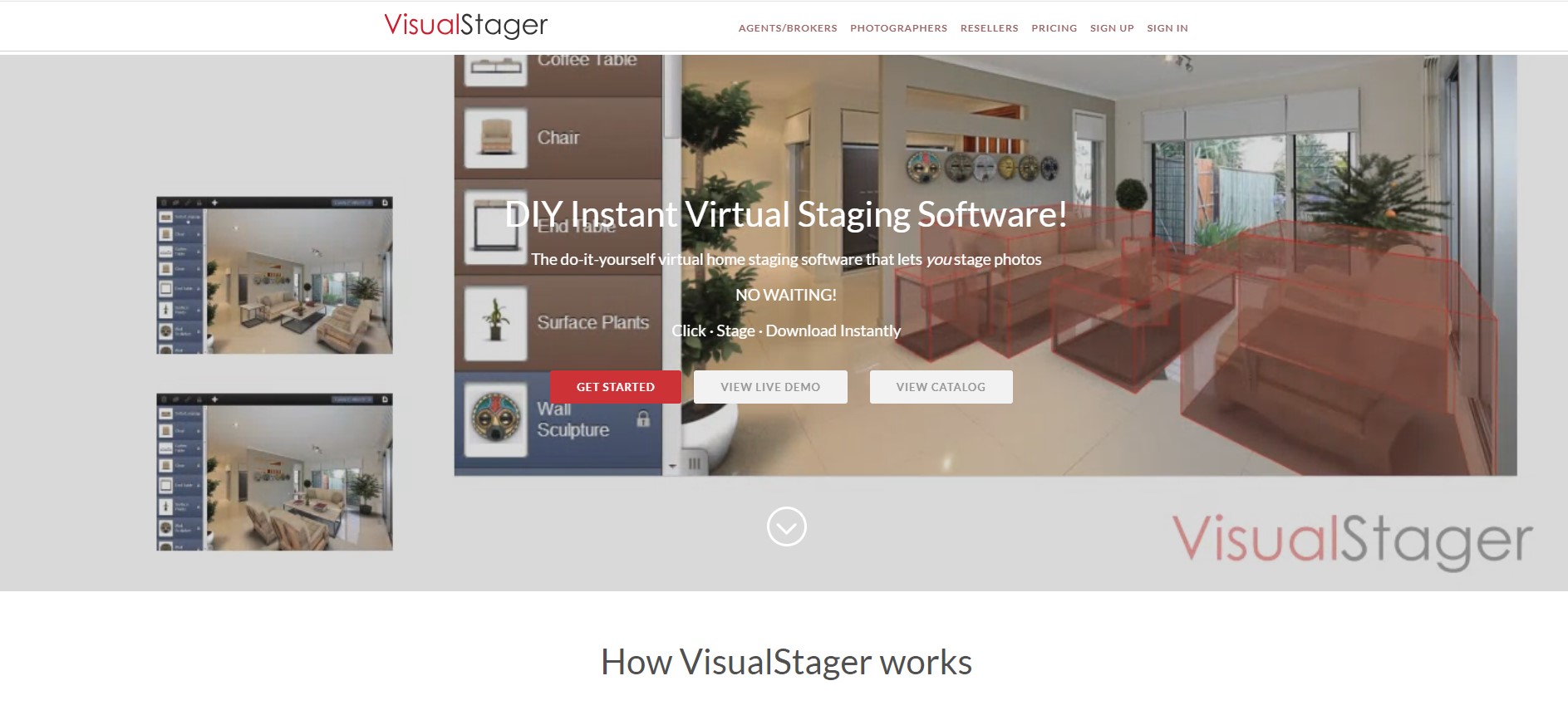Fireplaces have always been a desirable feature in homes. They add warmth, comfort, and a focal point to any room. As the real estate market becomes increasingly competitive, showcasing a fireplace through fireplace staging can significantly enhance the appeal of your property. Whether selling a cozy cottage or a modern city loft, properly staging a fireplace can help attract more buyers and create a welcoming atmosphere.
In this blog, we’ll explore the importance of fireplace staging, how to do it effectively, and the latest trends for 2024.
Why Fireplace Staging Is Important
First impressions matter, especially when selling a home. In fact, a well-staged home can sell 73% faster than an unstaged one. Fireplaces are natural focal points in living rooms, and buyers often look to them as a symbol of comfort and luxury. Staging a fireplace ensures that it stands out as a key feature, drawing attention to the room and highlighting its potential.
Moreover, staged fireplaces help buyers imagine themselves living in the space. When the fireplace is styled to perfection, it creates an emotional connection. This connection can influence purchasing decisions and even result in higher offers.
Key Tips for Effective Fireplace Staging
1. Clean and Declutter
Before staging, it’s essential to start with a clean slate. Make sure the fireplace and surrounding area are spotless. Remove any unnecessary clutter, such as excess firewood or old accessories, which can detract from the space. A clean, minimalist look will allow the fireplace to shine.
2. Choose the Right Décor
The key to successful fireplace staging lies in the décor you choose. Opt for décor that complements the room’s overall style. For instance, modern fireplaces pair well with sleek, minimalist décor, while traditional fireplaces might benefit from rustic elements. Use neutral colors and soft textures to keep the focus on the fireplace itself.
Decorating the mantle is also a crucial part of fireplace staging. However, avoid overcrowding it with too many items. A simple mirror, artwork, or a few well-chosen decorative pieces can make the space feel elegant and inviting.
3. Highlight the Surrounding Area
While the fireplace is the focal point, don’t neglect the surrounding space. Consider adding a cozy seating arrangement to enhance the warmth and comfort of the area. This setup encourages buyers to visualize the space as a place for relaxation and gathering. Soft throw blankets and cushions can further add to the cozy ambiance, especially during colder months.
4. Show the Fireplace in Action
If possible, showcase the fireplace while it’s lit. A roaring fire creates a sense of warmth and coziness that is hard to replicate through any other means. For homes with gas fireplaces, turning them on during showings can immediately elevate the room’s atmosphere.
For properties listed during the warmer months when lighting the fireplace may not be feasible, consider adding candles or logs to the hearth. This small touch can still give buyers a sense of how the space might feel during winter.
The Latest Trends in Fireplace Staging for 2024
As design trends evolve, so do staging techniques. In 2024, several new ideas are emerging in fireplace staging, influenced by modern preferences for sustainability and personalization.
1. Sustainable Décor Choices
Sustainability is more than just a buzzword in 2024. Buyers are increasingly looking for eco-friendly solutions in home design. Fireplace staging can embrace this trend by incorporating sustainable materials and décor. Natural stone, reclaimed wood, and eco-friendly paints are all excellent choices to surround the fireplace. Adding indoor plants to the mantel or hearth can also bring an organic, fresh touch to the space.
2. Mixed Textures
In 2024, texture is playing a significant role in home design. Mixing different textures around the fireplace can create visual interest and elevate the overall staging. For instance, combining a sleek metal fireplace screen with a soft woolen throw or textured ceramic décor can strike the right balance between modern and cozy.
3. Neutral Tones with a Pop of Color
Neutral color palettes will continue to dominate in 2024. However, a pop of color can make the fireplace stand out even more. Adding subtle hues like soft blues, greens, or terracotta accents can create a fresh, stylish look without overwhelming the space. The goal is to keep the design timeless while still reflecting current color trends.
4. Fireplaces as Entertainment Centers
Another trend gaining traction is turning the fireplace area into an entertainment hub. In modern homes, fireplaces are often integrated with media setups. Homeowners and real estate agents are increasingly staging the fireplace alongside a TV or sound system, making the space multi-functional. This trend is especially appealing to buyers looking for convenience and versatility.
Benefits of Fireplace Staging for Real Estate Agents
For real estate agents, fireplace staging is a powerful tool in showcasing a home’s potential. A staged fireplace not only attracts more buyers but also helps justify higher asking prices. Homes with a staged fireplace tend to evoke feelings of warmth and coziness, making buyers feel more at ease during showings.
In 2024, as virtual staging continues to grow, many agents are incorporating virtual fireplace staging into their marketing strategies. This digital approach allows agents to showcase a fully staged fireplace in online listings without needing physical décor. With the rise of virtual tours and remote buying, this trend is proving essential for agents who want to stay competitive.
Conclusion
Fireplace staging is a crucial part of preparing a home for sale. By emphasizing this desirable feature, sellers can make their listings stand out and attract more potential buyers. Whether using sustainable décor, mixing textures, or embracing virtual staging, the possibilities for enhancing a fireplace are endless.
In 2024, the real estate market will continue to demand creative and effective staging techniques. With the right approach, fireplace staging can turn a standard living room into a cozy, inviting space that buyers won’t forget.
Read more:
Ethical Virtual Staging: A Guide to Responsible Real Estate Marketing
Top 5 Free AI Virtual Staging Tools to Upgrade Your Real Estate Photos









